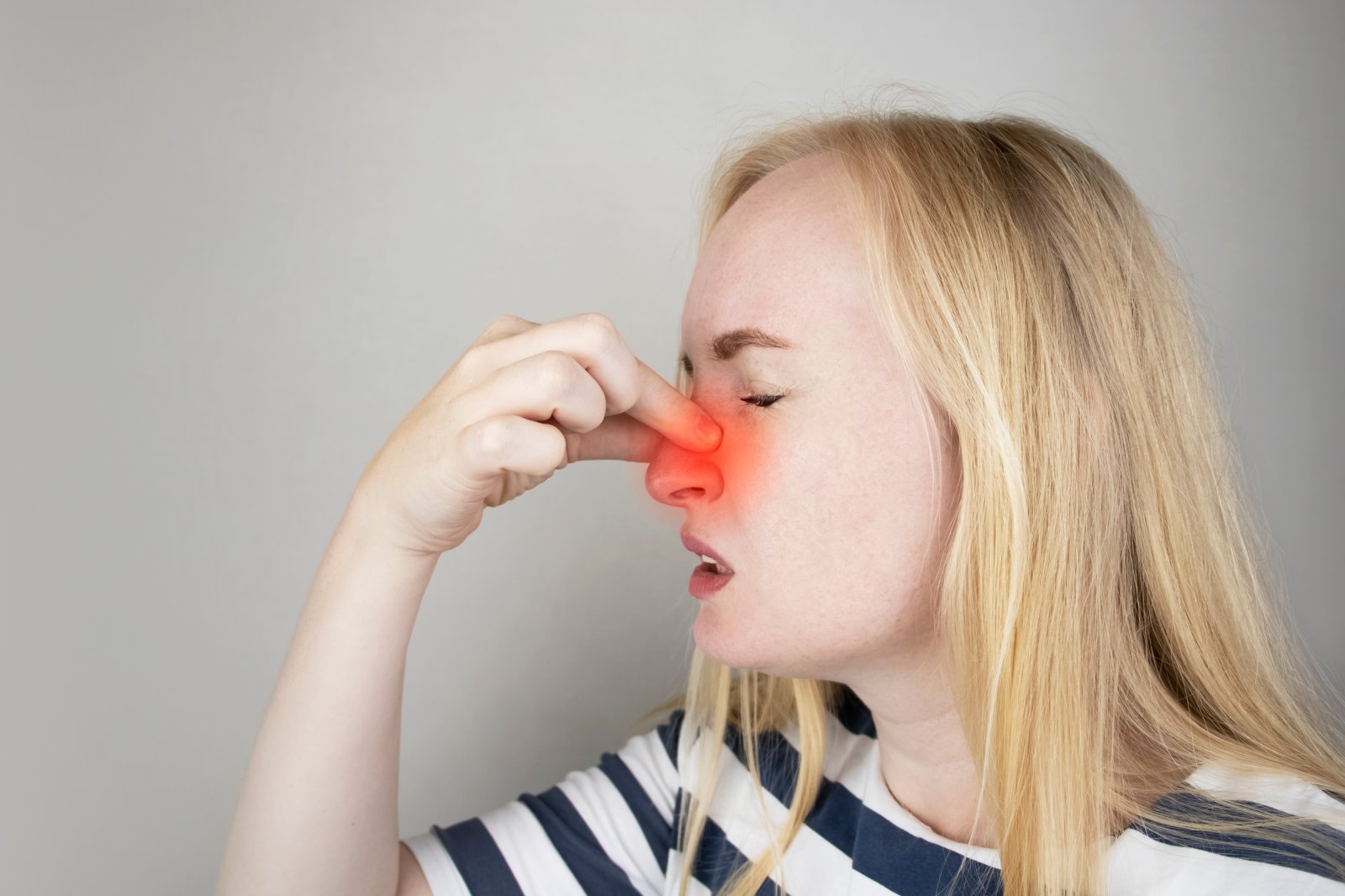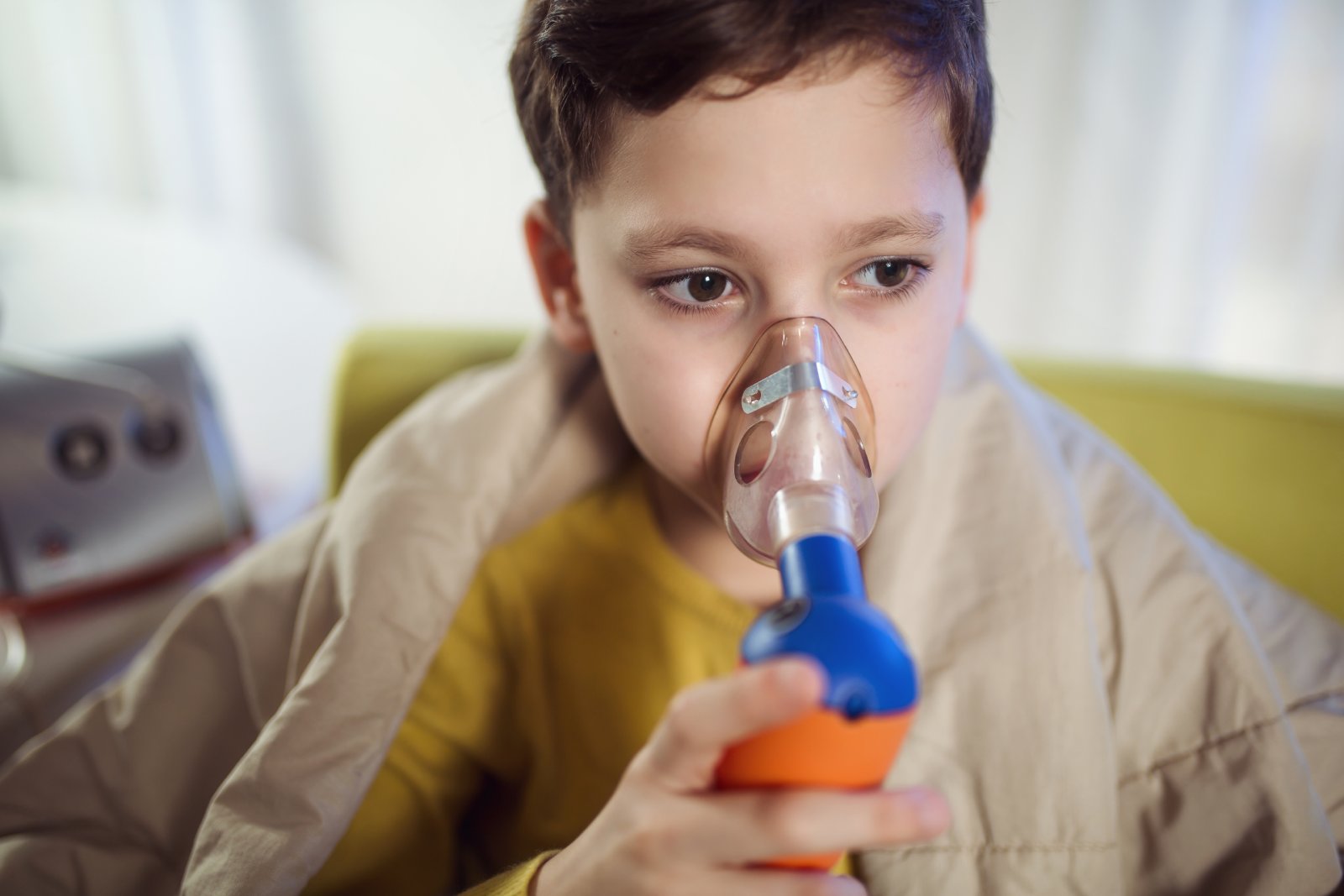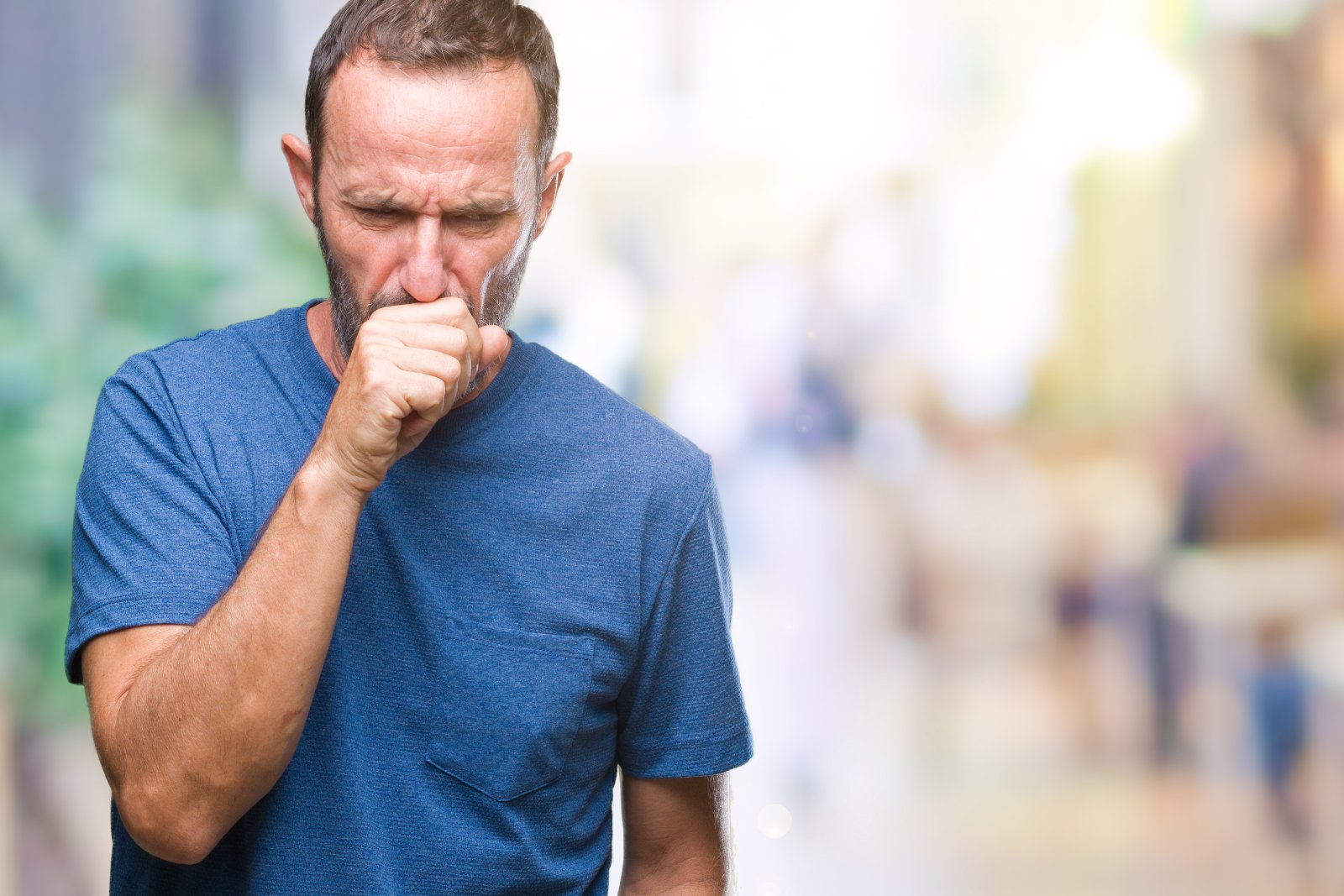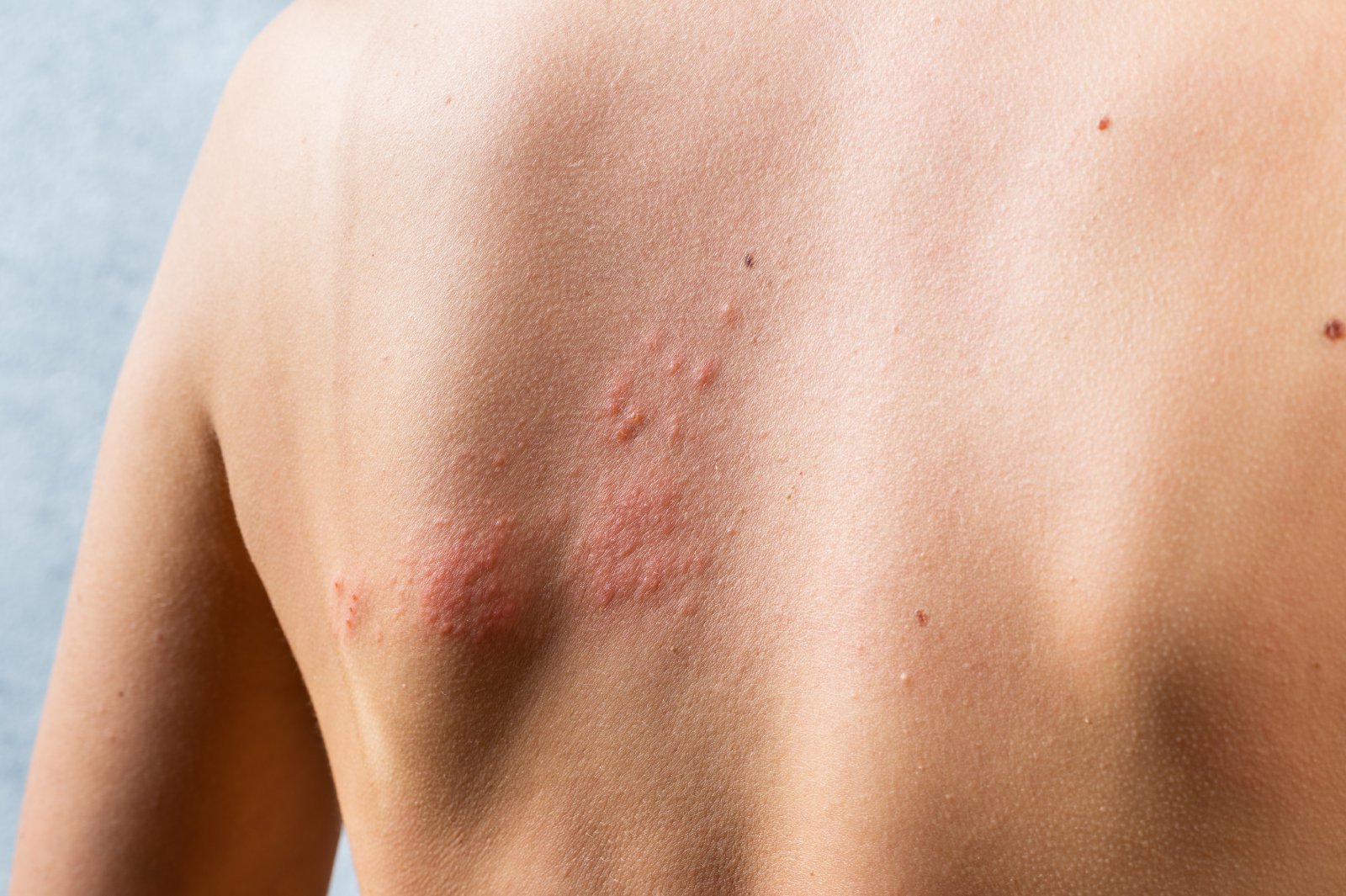Understanding the perils of pet allergies is crucial, especially the extreme reactions and long-term health implications like the use of antihistamines and asthma. Are you aware of the hidden risks lurking in your furry friend’s dander?
1. Pathophysiology of Pet Allergies

Pet allergies are triggered by proteins found in an animal’s skin cells, urine, and saliva. These allergens can become airborne and easily adhere to surfaces, leading to prolonged exposure and sensitisation in allergic individuals. The immune system mistakenly identifies these proteins as harmful, triggering an allergic response that involves the release of histamines and other chemicals.
2. Immediate Hypersensitivity Reactions

Upon exposure to pet allergens, some individuals experience immediate hypersensitivity reactions. Symptoms include sneezing, runny or blocked nose, itchy or watery eyes, and skin reactions such as hives. These reactions are mediated by Immunoglobulin E (IgE) antibodies, which bind to allergens and trigger histamine release from mast cells.
3. Anaphylaxis Risk

In rare cases, pet allergens can cause anaphylaxis, a severe, potentially life-threatening allergic reaction. Symptoms include difficulty breathing, swelling of the throat and tongue, rapid or weak pulse, and loss of consciousness. Immediate administration of epinephrine and medical attention are critical for managing anaphylaxis.
4. Chronic Rhinitis

Chronic exposure to pet allergens can lead to perennial allergic rhinitis, characterised by persistent nasal congestion, runny nose, and postnasal drip. This condition can significantly impact sleep quality and daily functioning, necessitating ongoing management strategies.
5. Asthma Development

Pet dander is a well-known trigger for asthma, especially in children predisposed to the condition. Chronic exposure can exacerbate asthma symptoms, leading to more frequent and severe attacks. Asthma management in allergic individuals often requires inhaled corticosteroids and bronchodilators.
6. Bronchial Hyperreactivity

Prolonged exposure to pet allergens can lead to bronchial hyperreactivity, where the airways become overly sensitive and prone to constriction. This condition is particularly concerning for individuals with asthma, as it increases the risk of severe respiratory episodes.
7. Dermatitis and Skin Conditions

Direct contact with pet saliva or dander can lead to allergic dermatitis, characterised by red, itchy, and inflamed skin. In chronic cases, the skin may become thickened and prone to secondary infections.
8. Impact on Sleep

Allergic reactions to pets can disrupt sleep due to nasal congestion, coughing, and itching. Poor sleep quality can lead to daytime fatigue, reduced cognitive function, and decreased overall well-being.
9. Antihistamine Dependence

Long-term use of antihistamines like cetirizine and loratadine is common among individuals with pet allergies. While effective in managing symptoms, prolonged use can lead to side effects such as drowsiness, dry mouth, and potential impacts on liver function.
10. Corticosteroid Usage

For severe allergic reactions, corticosteroids may be prescribed to reduce inflammation. Long-term use of corticosteroids carries risks such as weight gain, osteoporosis, and increased susceptibility to infections.
11. Allergen Immunotherapy

Allergen immunotherapy, or allergy shots, can help desensitise the immune system to pet allergens. This treatment involves regular injections over several years and can significantly reduce allergic reactions, although it requires a long-term commitment.
12. Airway Remodeling

Chronic inflammation from persistent exposure to pet allergens can lead to airway remodeling, where structural changes in the airway occur. This can result in irreversible airflow obstruction and chronic respiratory issues.
13. Pet Avoidance and Environmental Control

Managing pet allergies often involves strict environmental controls, such as using HEPA filters, frequent cleaning, and creating pet-free zones within the home. These measures can reduce allergen levels but may not be sufficient for highly sensitive individuals.
14. Psychological Impact

Living with pet allergies can have a psychological toll, leading to stress, anxiety, and feelings of isolation. The need to avoid pets can limit social interactions and activities, affecting mental health.
15. Economic Burden

The costs associated with managing pet allergies can be significant, including medical expenses for treatments, medications, and environmental control measures. This economic burden can add to the stress of living with allergies.
16. Pet Allergies in Children

Children are particularly vulnerable to the effects of pet allergies, which can affect their respiratory development and quality of life. Early exposure to pet allergens can sensitize children and increase the risk of developing asthma and other allergic conditions.
17. Secondary Infections

Constant scratching and skin irritation from allergic dermatitis can lead to secondary bacterial infections. These infections may require antibiotic treatment and can complicate the management of pet allergies.
18. Pet-Owner Bond and Emotional Conflict

For many, pets are part of the family, and managing allergies can create emotional conflict. Balancing the love for a pet with the need to manage allergic reactions can be challenging and stressful for both the individual and their family.
19. Future Research and Treatment Options

Ongoing research aims to develop better treatments for pet allergies, including novel immunotherapies and biologic drugs. Advances in understanding the molecular mechanisms of allergies may lead to more effective and targeted therapies in the future.
Balancing Love and Health

While pets bring immense joy and companionship, managing pet allergies requires careful planning and commitment. Understanding the full scope of pet allergies and taking proactive steps can help maintain both your health and the bond with your furry friends.
Featured Image Credit: Shutterstock / Motortion Films.
For transparency, this content was partly developed with AI assistance and carefully curated by an experienced editor to be informative and ensure accuracy.

